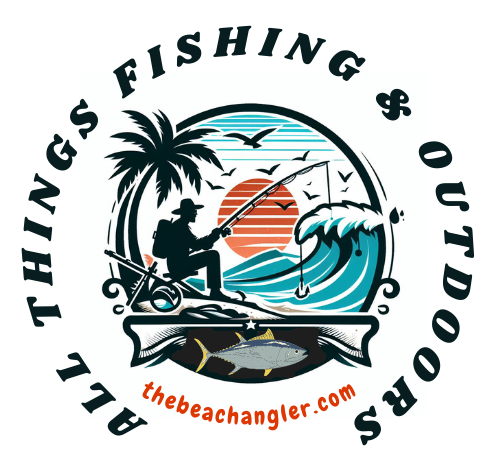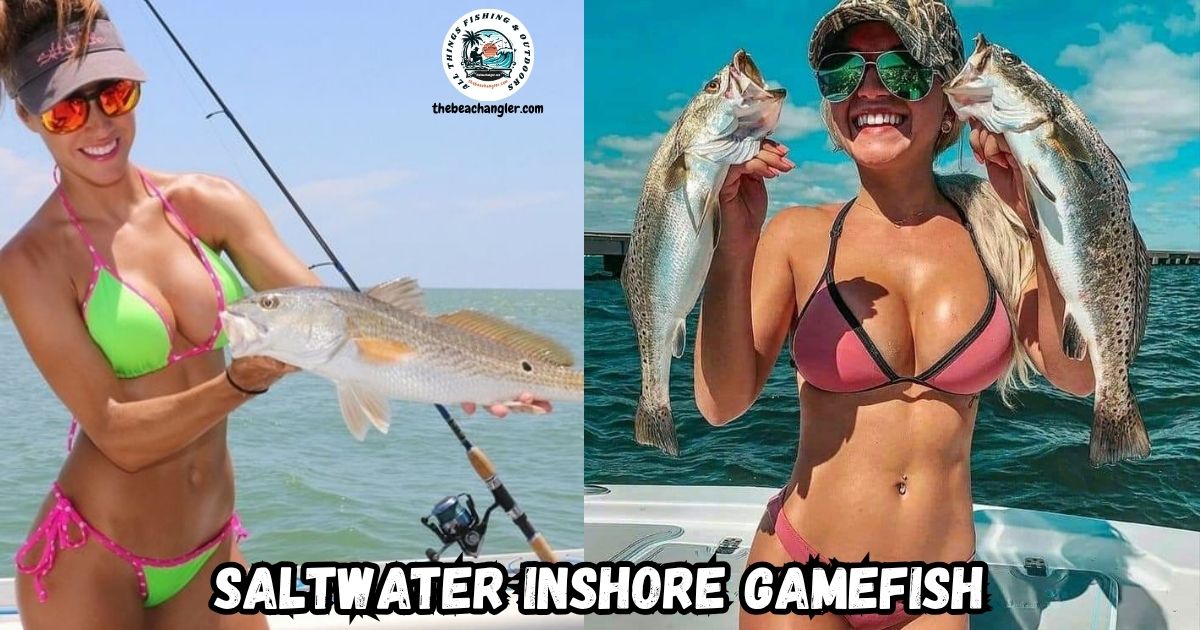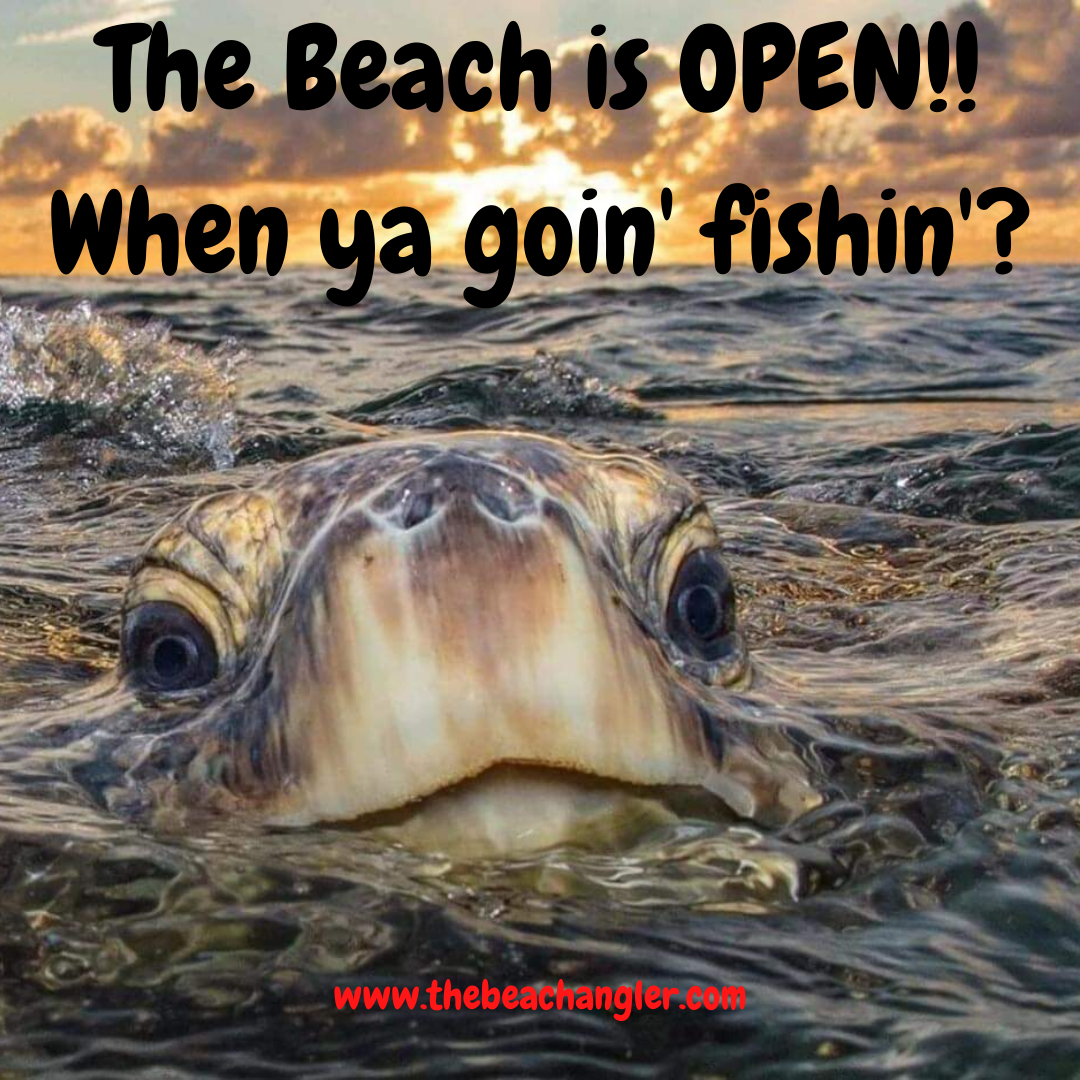Inshore fishing is a fun way to enjoy saltwater fishing without venturing far from the coast. Planning a trip to bays, estuaries, or coastal marshes gets you up close to some of the most productive areas for a wide range of fish species. Over the years, I’ve realized that studying the most common inshore species not only helps with targeting them but also makes it easier to track down the right tactics and gear.
QUICK LOOK: Common Saltwater Gamefish for Inshore Fishing
- Redfish (Red Drum): Known for their strong fight and versatility, redfish can be caught throughout the year in many southern waters. Their signature black spot near the tail and copper-bronze coloring stand out.
- Speckled Trout (Spotted Seatrout): These are one of the more abundant inshore fish, known for aggressive strikes, eye-catching black spots, and great eating.
- Flounder: Flat and well-camouflaged, flounder are ambush predators that stick close to sandy bottoms, often near underwater structure.
- Snook: Snook are most common in Florida and the Gulf of Mexico, putting up a strong fight and often spotted tight to mangroves, bridges, or docks.
- Black Drum: These bottom dwellers are best identified by their vertical stripes as juveniles and quality size as adults. I regularly find them around pilings and oyster bars.
- Sheepshead: Famous for their people-like teeth and skill at swiping bait, sheepshead usually gather around rocks, pilings, and reefs.
- Jack Crevalle: Hard-hitting and tough, jacks are usually not kept for food, but always deliver a serious fight.
- Spanish Mackerel: Their speed and flash make every hook-up memorable, especially as the water warms in spring and fall.
- Tarpon: Anglers, myself included, often dream about hooking a big tarpon. Their aerial leaps and raw power are unmatched inshore.
- Bonefish: Bonefish are a bucket-list catch for many—quick, alert, and prized on the flats, especially in South Florida and the Caribbean.
Popular Inshore Fish Species to Target
Many saltwater fish species are often found in inshore waters and attract both beginner and experienced anglers. Getting to know these fish has made planning my trips much simpler. Here are some of the favorite inshore fish I often seek out, along with a quick overview of what sets each apart:
- Redfish (Red Drum): Known for their strong fight and versatility, redfish can be caught throughout the year in many southern waters. Their signature black spot near the tail and copper-bronze coloring stand out.
- Speckled Trout (Spotted Seatrout): These are one of the more abundant inshore fish, known for aggressive strikes, eye-catching black spots, and great eating.
- Flounder: Flat and well-camouflaged, flounder are ambush predators that stick close to sandy bottoms, often near underwater structure.
- Snook: Snook are most common in Florida and the Gulf of Mexico, putting up a strong fight and often spotted tight to mangroves, bridges, or docks.
- Black Drum: These bottom dwellers are best identified by their vertical stripes as juveniles and quality size as adults. I regularly find them around pilings and oyster bars.
- Sheepshead: Famous for their people-like teeth and skill at swiping bait, sheepshead usually gather around rocks, pilings, and reefs.
- Jack Crevalle: Hard-hitting and tough, jacks are usually not kept for food, but always deliver a serious fight.
- Spanish Mackerel: Their speed and flash make every hook-up memorable, especially as the water warms in spring and fall.
- Tarpon: Anglers, myself included, often dream about hooking a big tarpon. Their aerial leaps and raw power are unmatched inshore.
- Bonefish: Bonefish are a bucket-list catch for many—quick, alert, and prized on the flats, especially in South Florida and the Caribbean.
Habitats and Seasonal Behaviors
Knowing where and when these fish might appear can make all the difference in a successful inshore fishing trip. Habitats and timing change by species, but I’ve noticed reliable patterns over the years:
- Redfish flock to shallow marshes and muddy bays during cool months. In summer and fall, they gather by grassy flats and coastal creeks.
- Speckled Trout love grass flats, oyster bars, and dropoffs. The bite is strongest in spring and fall.
- Flounder stay near sandy channels, jetties, and oyster edges, with activity ramping up as the weather cools.
- Snook move from estuaries in chilly weather to beaches and passes when spawning in late spring and summer.
- Black Drum hang out near underwater structure, with large schools coming together in winter and spring.
- Sheepshead cling to pilings, piers, and rocky spots year-round, though late winter and spring are best.
- Jack Crevalle turn up in big groups during warmer months, hammering bait in open bays or tidal rivers.
- Spanish Mackerel move along the coast in the spring and fall, hunting bait balls and slashing at the surface.
- Tarpon follow bait migrations and are easy to track down from late spring through summer in southern areas.
- Bonefish can be tracked on sandy and grassy flats in warm, calm conditions.
Essential Tackle for Inshore Fishing
The right setup will definitely boost your chances with these species. Inshore fishing usually does not require heavy-duty equipment. Here’s my standard setup:
- Rods and Reels: A 7-foot medium power spinning rod and reel is good for most scenarios. Larger targets like tarpon or giant redfish call for a beefier combo.
- Line: Braided mainline in the 10-20-pound range is highly effective, paired with a fluorocarbon leader to stay hidden from wary fish.
- Lures: Soft plastic paddletails, jigheads, topwater plugs, and shrimp lookalikes bring in strikes. Choose natural tones for clear water and bright colors for murky spots.
- Bait: Live or fresh baits like shrimp, mud minnows, small mullet, and chunked bait produce when lures come up short.
- Terminal Tackle: Bring a selection of hooks, sinkers, popping corks, and swivels to stay covered.
Identifying Fish and Handling With Care
Spotting the right species is crucial, especially in areas with rules on size or slot limits. Here’s how I spot some of the most common ones:
- Redfish: Copper-bronze hue, with a large single or multiple dark dots on the tail.
- Speckled Trout: Silvery-green, with black spots dotting the sides, back, and dorsal fins.
- Flounder: Brown, oval, and flat, with both eyes on the same side of the head.
- Snook: Silvery with a bold black line along the body from head to tail.
- Sheepshead: Heavy-bodied, carrying thick black vertical bands and teeth reminiscent of people’s smiles.
Once landed, I try to keep the fish out of water for as little time as possible and always use wet hands to preserve their protective slime layer. If I plan to release it, I support the fish gently in the water until it powers off. Knowing local size limits and bag regulations, available from state wildlife agencies or area fishing guides, is always important.
Lessons Learned: Facing Inshore Fishing Challenges
Inshore fishing throws something new at me every time. Weather, tide cycles, visibility, and season all change the game. There have been days when I spotted tailing redfish that refused everything I offered, or watched as jacks blitzed bait for nonstop action. The best tip I can share is to stay patient and keep your approach flexible. If something is not working, I try another spot, switch my lure, or tweak my retrieve.
Maintaining a log of tides, conditions, and successful patterns has helped me better guess when and where fish may show up. Chatting with locals or reading recent reports can also point me toward active spots.
Tips for Getting More Out of Inshore Trips
Tweaking my methods has really stepped up my results. Here are a few tried-and-true ideas that have worked for me:
- Watch the Tides: Fish movements are tightly connected to tide cycles. High outgoing tides carry baitfish and can spark feeding.
- Hunt for Structure: Underwater features like docks, oyster bars, grass beds, and fallen trees attract fish.
- Stay Stealthy: Fish in skinny water are nervous—move slowly and try not to make noise.
- Choose the Right Leader: Many inshore species have razor teeth or abrasive mouths. Fluorocarbon leaders protect against chafing and cutoffs.
- Work Lures Simply: Sometimes a straightforward, steady retrieve brings more bites than erratic motions, especially with speckled trout.
Real-Life Examples and Experiences
Going after inshore fish has given me some seriously rewarding memories. Last spring, I caught my all-time biggest redfish by tossing a small soft plastic on a grassy flat, perfectly imitating what the fish were eating. Another time, drifting live shrimp beneath a popping cork near oyster beds landed me smack in the middle of a flounder frenzy, making for a delicious dinner. And wrangling sheepshead with their people-like teeth, it often felt like a true test of patience versus bait thieves rather than flashy gear.
- Family Experiences: Plenty of inshore fish are easy to catch for those brand new to fishing, making them ideal when you bring kids along.
- Hiring Guides: Setting up a session with a local guide quickly helped me figure out fish habits and zero in on the hottest spots.
- Sticking to Conservation: Following local rules, like letting big breeders go and respecting bag limits, keeps these fisheries healthy and fun for everyone.
Frequently Asked Questions
What’s the best time of year to catch inshore fish like redfish or trout?
Redfish are available all year in the southern regions, but fall is best for big schools. Speckled trout bite strongest in spring and fall.
What size rod and reel should I use to begin?
Try a 7-foot medium power rod and a spinning reel in the 2500-3000 size. That combo will handle most inshore catches without trouble.
Is live bait necessary, or will artificial lures work?
Either can be effective. Live bait helps on slow days, but artificial lures are great for covering water fast and getting reaction strikes.
How do I find reliable inshore fishing spots?
Start with areas that hold structure and moving water, or watch for signs of bait. Asking local anglers or visiting bait shops can speed up the process.
Getting Started with Inshore Fishing
Inshore fishing lets me get into a mix of fun and challenging species, almost always a short drive from home. With some basic gear, a bit of knowledge picked up over time, and good timing, I’ve found plenty of action and relaxation out there.
By watching each fish’s habits and following the rules, I know these waters will keep delivering memorable catches for years. Thinking of trying it? Every trip is a new adventure waiting to happen. Happy fishing!
Check Out Our Most Recent Articles:
- Inshore Fishing: 10 Common Gamefish You Can Target
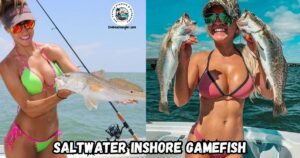
- 7 Key Features of the Xpece One Waterproof Fishing Drone
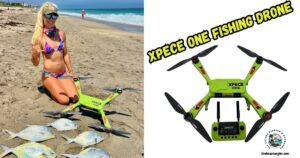
- Understanding Tides And How They Affect Your Inshore Saltwater Fishing Adventures

- St Croix Seage And Avid Series Surf Rods 2 Awesome American Made Surf Rods

- Saltwater Fishing For King Salmon: 4 Top Strategies.
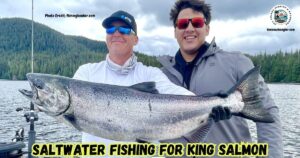
- 10 Advanced Features of the Penn Fathom Electric Reel Kit
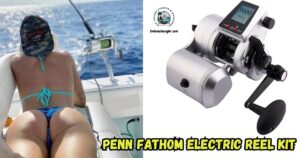
As always, stay safe, enjoy the journey, and please try to leave it cleaner than you found it. If you have any comments, questions, ideas, or suggestions, please leave them in the comment section below, and I’ll get back to you ASAP. You can follow us on Facebook: Rex The Beach Angler, Instagram: thebeachangler7, Twitter: @AnglerBeach, and YouTube: Man Art Creations.
P.S. Thanks so much for checking out our blog; we really appreciate it. Just so you know, we may receive a commission if you click on some of the links that appear on our site. This helps us keep our content free and up-to-date for everyone. We appreciate your support!
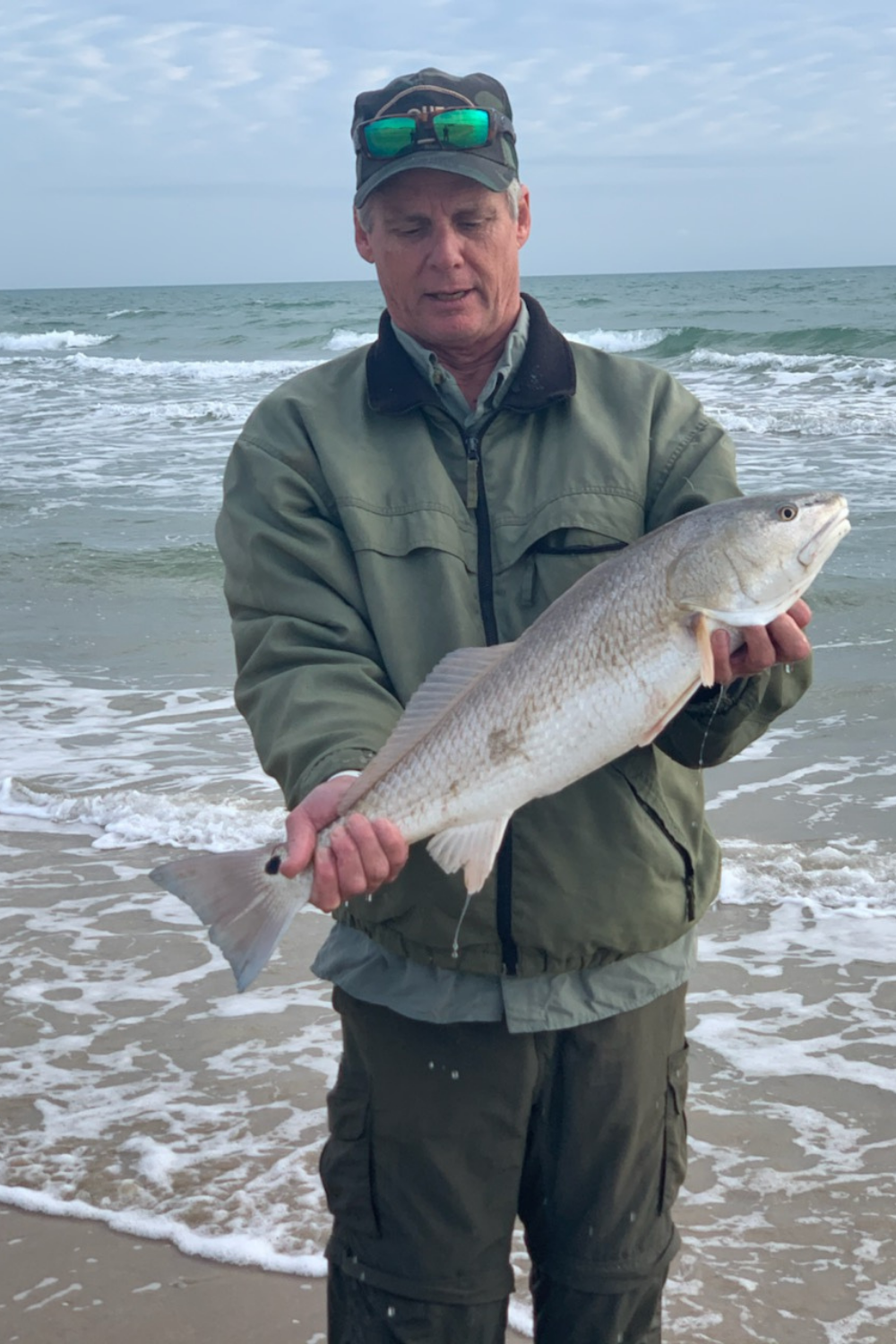
A life long surf fisherman with 50+ years of experience, I am also an avid hunter and outdoorsman. I will be sharing my passion for the outdoors with you so be prepared for hunting, fishing, camping, hiking and more. Along with gear reviews and the latest trends and innovations in the outdoor industry.
